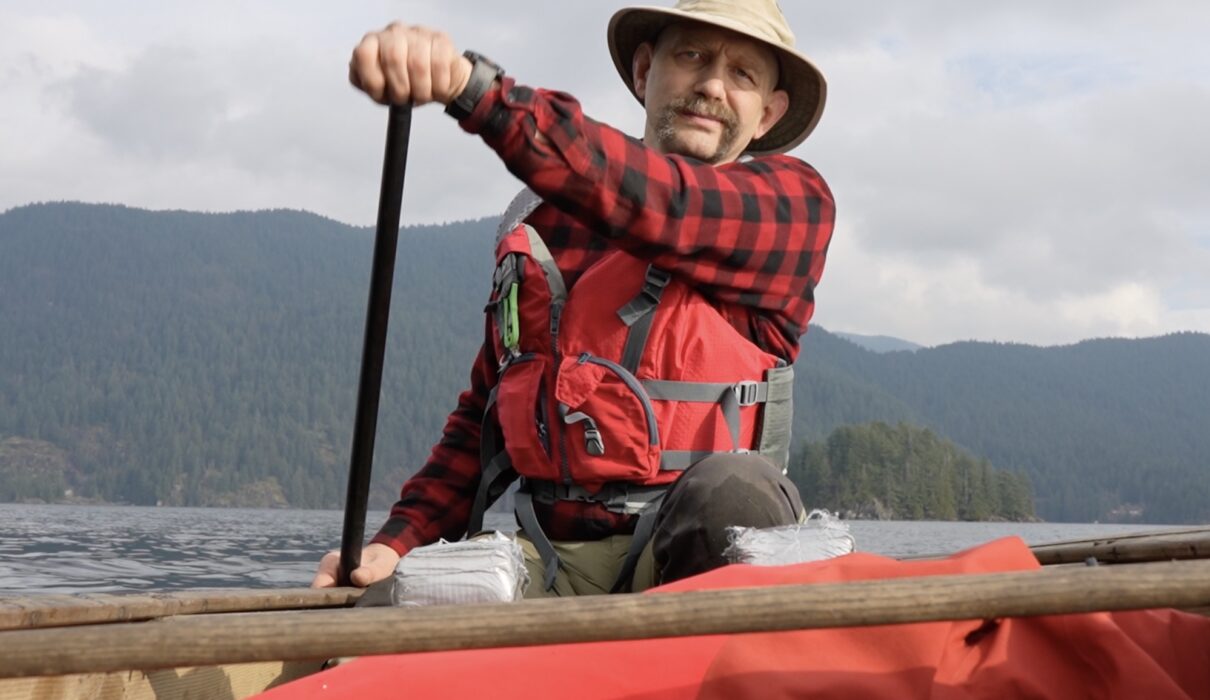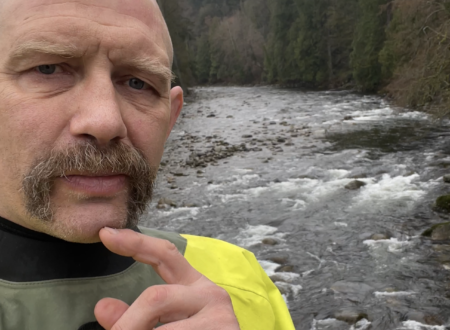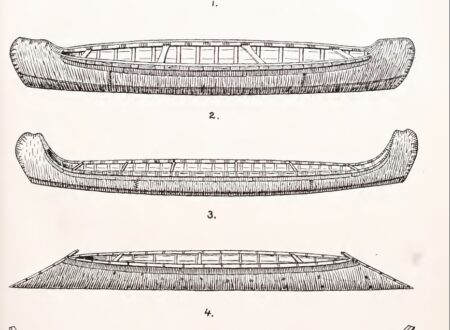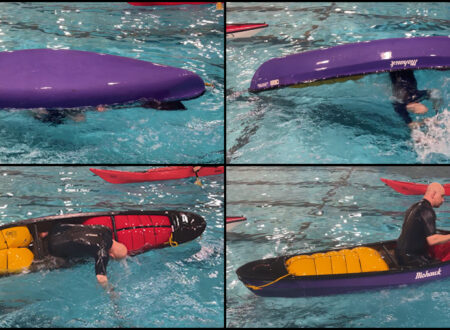I’m getting ready for a big Arctic solo canoe expedition this summer, so I was thrilled to talk to my friend Rob Sainsbury (@so_aero on Instagram) who competes in outrigger paddling and is also a very knowledgeable NCCP-certified coach in both rowing and triathlon.
Here’s the video of Rob and I chatting about preparing for big expeditions, with key takeaways at the bottom of the page…
Takeaway 1: Build Strength and Fix Muscular Imbalances. Injury prevention is important in general and becomes even more critical in remote settings where evacuations could be very difficult and/or very expensive. Therefore, a big part of getting ready for an expedition is spending time in the gym fixing muscular imbalances and addressing pre-existing vulnerabilities.
Day-to-day paddling on an expedition doesn’t require a lot of strength, and paddling injuries tend to be non-catastrophic. You can probably work around a sore shoulder, for example.
However, blowing out your back carrying heavy bags across on a portage could be catastrophic, so you should spend a significant amount of time strengthening areas that could be subjected to intermittent heavy loads. Therefore train for both muscular endurance and heavy loads approximating the weight of a loaded carry.
Takeaway 2: Build VO2 Max. As is familiar to anyone who has ever trained for a race, endurance training and performance can be divided into five zone, with zone 1 being the easiest and zone 5 being the hardest. Basically zone 1 is an intensity you can maintain all day, and zone 5 is going so hard you can only maintain that pace for a few seconds.
On a long canoe trip you’ll be going for hour after hour, day after day, and that means you’ll mostly be spending time in zone 1. Therefore in your pre-trip training you need to figure out the intensity you can maintain all day, which is typically the pace at which you can maintain an easy conversation with someone. Try to find the right speed by asking yourself “Is this easy and am I covering territory?“
In your training (but not on the expedition) you’ll often be in zone 2 because it lowers your heart rate and trains your body to use body fat as fuel more efficiently. One guideline for being in zone 2 is that your heartrate is 180 minus your age. So if you’re 40 years old then you might want your heartrate to be about 140 in training.
Takeaway 3: Build the Ability to Surge. Most of your expedition paddling will take place in zone 1, but you ALSO need to develop the ability to go harder for short periods of time. For example, you may need to surge if you’re in whitewater or have to get off a lake because a storm is coming.
Therefore in your zone 1 and zone 2 training include surges that take you into the power-endurance zone (zones 3) so you can build both your aerobic endurance and your anaerobic tolerance. This way you learn how hard you can go and for how long at each of the different intensities.
You need to develop a metabolically diverse engine that can run efficiently in the low zones, then surge up into the power-endurance zone, and recover quickly afterwards. You might train this by adding elements of difficulty to an otherwise easy training session, for example insert repeat periods of 5 to 10 minutes where you go significantly harder before dropping down to your base training level again.
A DETAILED BREAKDOWN OF ENDURANCE TRAINING
I plan on having an in-depth conversation with Rob about the nuances of cardio training on an upcoming episode of my podcast, The Strenuous Life Podcast, so make sure you’re subscribed to that. Here are some key links…
- The Strenuous Life Podcast on Apple Podcasts
- The Strenuous Life Podcast on Spotify
- Also available on most other podcast players
Cheers!
Stephan Kesting








